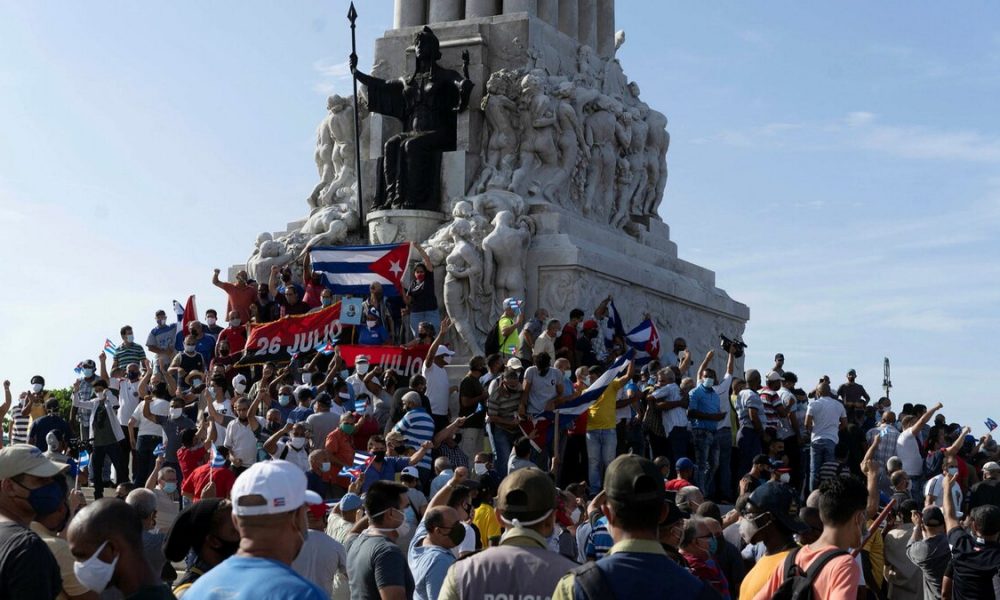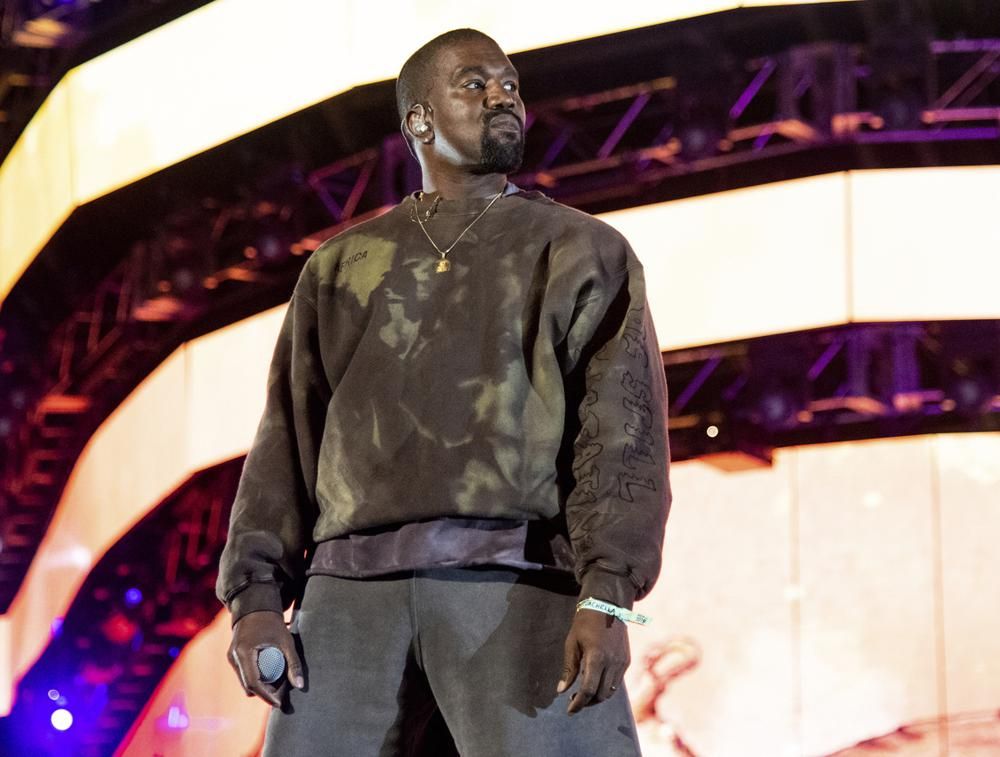Across Cuba, citizens participated in the largest demonstration against the communist government in years.
What We Know:
- Despite the possibility of incarceration or execution for speaking against the government, Cubans demanded its leaders make more of an effort to control the country’s coronavirus infection rate. As of Sunday, Cuba reported a record of 7,000 daily infections and 47 deaths.
- Despite this, the Cuban government has not accepted aid from health organizations such as the World Health Organization (WHO); recently, Cuba elected not to join the WHO’s COVAX agency, which would have provided them with a supply of COVID-19 vaccines. Instead, officials chose to focus on the country’s own vaccine production.
- Alongside this, Cuba faces its worst economic decline since the fall of the Soviet Union. Due to U.S. sanctions and the pandemic, the state-controlled economy shrank by 11%. As a result, Cuba depleted its foreign currency reserves and cannot buy imported goods to control shortages. Additionally, Cubans spend hours in line waiting for food, which has become severely overpriced. Citizens also face power shortages that cause blackouts for hours at a time.
- Because of Cuban President Miguel Díaz-Canel’s disregard for fixing the situation, Cubans could no longer control their anger. Protests began on Sunday afternoon in San Antonio de los Baños and spread through all the country’s hemispheres. Protestors shouted things such as “down with the dictatorship,” “freedom,” and more. Some demonstrators sang Patria y Vida (“Fatherland and Life”), a reggaeton song that satires “Fatherland or Death,” a slogan made famous by Che Guevara during his United National Assembly speech in 1964. Guevara played a crucial part in helping Fidel Castro take control of the island.
- Officials quickly took action in trying to silence the protestors. NBC News‘ Spanish broadcasting company Telemundo confirmed that the government caused service outages to prevent live broadcasts. President Díaz-Canel also appeared on national television and called on the Army and revolutionaries to confront the demonstrators. On Monday, he publicly accused the United States of provoking the citizens’ unrest. People waved the American flag throughout the protests. Demonstrators uploaded footage of protests on social media and asked people from other countries to share it before the country removed it.
View this post on Instagram
- The United States avidly supports the demonstrators. President Joe Biden released a statement Monday morning in which he called for the Cuban regime to hear their citizens’ complaints. Biden also declared the Cuban people are “bravely asserting” their human rights to protest and determine their own future.
“The United States calls on the Cuban regime to hear their people and serve their needs at this vital moment rather than enriching themselves,” Biden writes.
- In Miami, Cuban exiles and their families celebrated the uprising. Across the city, people gathered around in streets and restaurants to show support for their Cuban brothers and sisters. The largest crowds were found among Little Havana’s Versailles Restaurant and Hialeah’s 49th Street. These people hope the latest uprising will create actual change after almost 62 years of communist control.
- The last big protest that occurred in Cuba took place in 1994. Known as the Maleconazo, Cubans demonstrated in Havana and pleaded with Castro to allow them to flee the country in boats and rafts.
Black News Alerts stands with the Cuban citizens while they fight for better lives for themselves and future generations.


